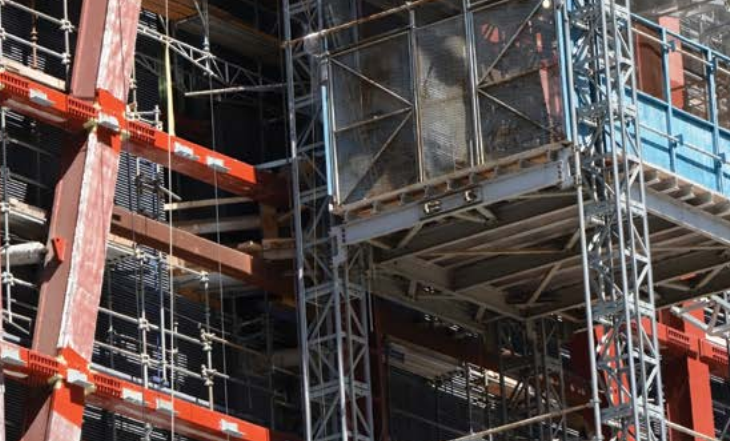
New York is experiencing a moment of unprecedented growth and expansion. The city’s residential population is expected to exceed nine million in the next 15 to 20 years, and new businesses continue to move into the five boroughs. The construction industry alone invested over $50 billion last year to accommodate this growing swell.
New York is flush with opportunity as it continues to attract investment and residents from all over the world. Busy, growing cities are hubs of creativity, engines of entire national economies, and bastions of modernity. They are the labs in which tomorrow’s big ideas are experimented with and perfected.
But with that expansion come challenges that we’ve previously not faced.
Everything from our transportation infrastructure to housing and the environment are now hitting the outer limits of what they can accommodate – and each requires not only increased investment like what is already coming from the construction industry, but big, bold thinking to meet the growth of our region head on.
That’s why the New York Building Congress – which represents the hundreds of thousands of people who build New York and studies the continued growth of our region with an independent analytical arm – is committed to thinking even bigger about New York’s top challenges.
Today, we announce a new series to help our region reach its most crucial infrastructural goals: Building the Future of New York.
Over the course of the next few years, we will release 10 reports featuring substantial proposals and ideas to help shape our city’s future. The goal is to springboard real conversations between stakeholders and begin to move the needle on some of the region’s big picture challenges – the tough stuff that requires skill sharing and experimentation to get to a place where bold action becomes possible.
This premise aims to inspire policy makers and the public to return to that spirit of aspirational planning and building from New York’s early days by proposing substantive projects and significant administrative reforms that could engender a new century of growth and success.
These proposals may be ambitious, but we as a city must see ourselves in this vision if we are truly going to continue to lead and thrive.
First up: perhaps the most pressing issue to many of our residents and visitors, transportation.
We envision a comprehensive building program for the next century that would fundamentally transform the region’s rapid transit network. Many of these ideas were drawn from decades-old plans to bring mass transit and mobility to areas that are either underserved or have no meaningful transportation options, including developing new lines, key extensions of existing lines, and better integrating our regional rail options. Of course, improvement begins and ends with comprehensively managing the system’s ongoing crisis.
The Building Congress will also recommend ways to address persistent challenges in our city’s streetscape, including capping sunken highways to reconnect our neighborhoods; recommending areas for permanent pedestrianizing and redevelopment; and showcasing a model to reconfigure New York City’s streets to prioritize people over vehicles as transportation demands on our city continue to grow.
We will suggest establishing a unified mass transit agency to establish comprehensive reforms, and a new funding model to pay for these large-scale infrastructure improvements.
In the future, we will look at ways to bring our city’s public housing agency – the largest in the nation – into the modern era, including committing to what we call “NYCHA 2.0”: redeveloping underused land to help close the system’s persistent capital needs gap.
We will take a close look at existing proposals to redevelop Riker’s Island, and lend our support for a vision for the future of the island that accommodates a mix of uses.
Ensuring our city’s resiliency is critical, and the Building Congress will work to get long dormant projects off the sidelines and provide concrete recommendations to execute on some of the bold solutions proposed since Superstorm Sandy.
We will look at ways to improve health and education outcomes for New Yorkers by improving access to these vital services, and we will think critically about how our existing parks and waterways can best serve our growing population.
As we close in on the 21st Century’s third decade, the time has come to once again dream big, to look seriously at our region’s aspirations and commit to not letting bureaucracy stymie greatness. The future of New York depends on it.
Carlo Scissura is president and CEO of the New York Building Congress.








